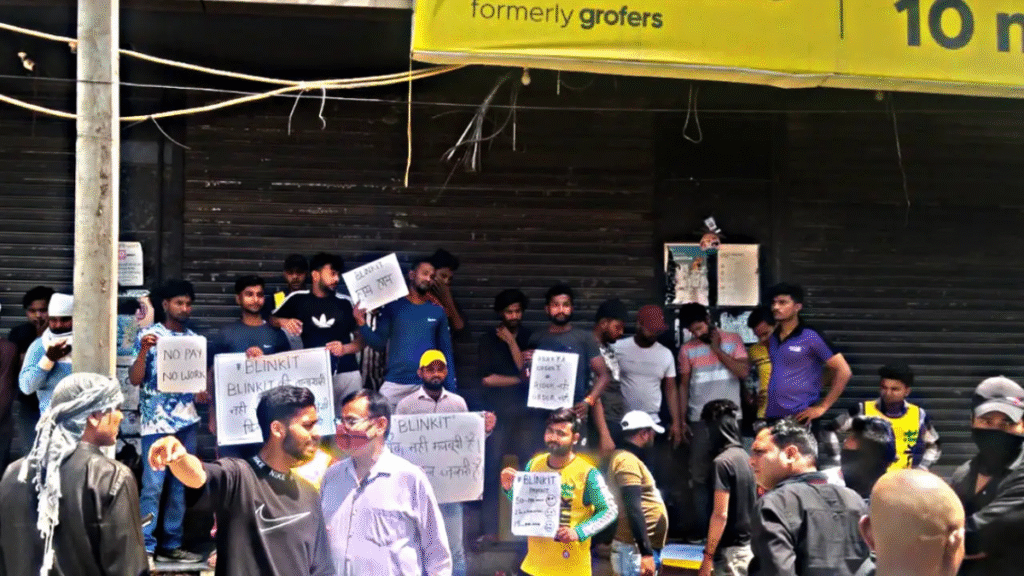Now Reading: Naali’s Narrative: Germany’s “fancy drain” shocked a tourist
-
01
Naali’s Narrative: Germany’s “fancy drain” shocked a tourist
Naali’s Narrative: Germany’s “fancy drain” shocked a tourist

New Delhi, October 4, 2025: A video capturing the genuine astonishment of an Indian tourist in Germany has recently achieved viral status on social media. Naali’s perception was completely upended when the tourist observed a common street feature in the German city of Freiburg and compared it with roadside drainage systems, or naalis, back in India. The sheer contrast observed by the tourist immediately resonated with countless viewers, sparking a lively and often reflective online debate.
The tourist, identified as content creator Purkhaa (Bhagyashree Tak), was filmed standing next to the city’s centuries-old street runnels, known locally as the Bächle. These narrow, man-made water channels run alongside the pavements throughout Freiburg’s Old Town.
In the video, the tourist was heard expressing her surprise in Hindi, questioning whether the structure was perceived as a naali back home, before explaining its function in Germany. It was pointed out that these runnels are considered a charming cultural feature, often being used by locals and visitors alike for relaxing, with feet dipped in the clean, running water, and by children for sailing small paper boats.
Also Read: Only In India: ‘Hanuman Ji’ Hails Online Booked Bike in Viral Video
Naali’s New Context: History Meets Cleanliness
The Bächle were historically designed centuries ago to provide the city with a water supply and to assist with fire safety. Today, they are meticulously maintained, ensuring the water remains clean and inviting, thus transforming a functional drainage system into a unique part of the city’s heritage and a tourist attraction. This careful preservation and cleanliness was the central element that caused the “culture shock” highlighted in the video.
The comparison, summarized by the tourist’s caption, which read, “In India we call it naali; in Germany they call it Bächle,” was swiftly picked up across digital platforms. The clip has since been viewed hundreds of thousands of times, with reactions ranging from humorous amusement to deep contemplation about public cleanliness and civic infrastructure.
Naali’s Effect on Public Debate
Numerous comments were generated, with many users expressing a sense of regret regarding the often-neglected state of public water channels and drainage systems in India. The video was used as a point of reflection, with many questions being raised about the standard of civic maintenance and collective responsibility for cleanliness. Hope was also expressed that similar attention might be paid to India’s own water channels in the future, allowing them to also be enjoyed as cultural assets rather than being treated purely as dirty drains.
Ultimately, the small video clip has served a much larger purpose, acting as a catalyst for a global conversation about urban planning, history, and the profound difference that rigorous maintenance can make to the perception and usage of public infrastructure across different cultures.










